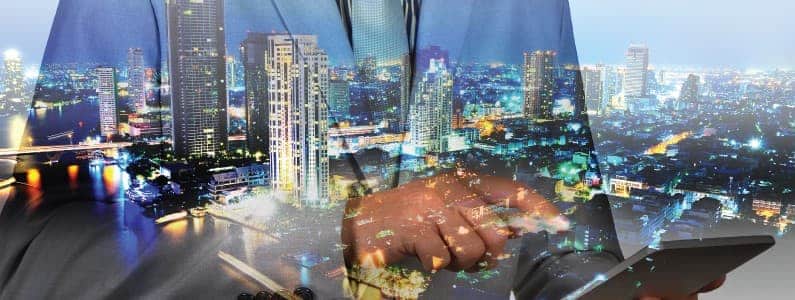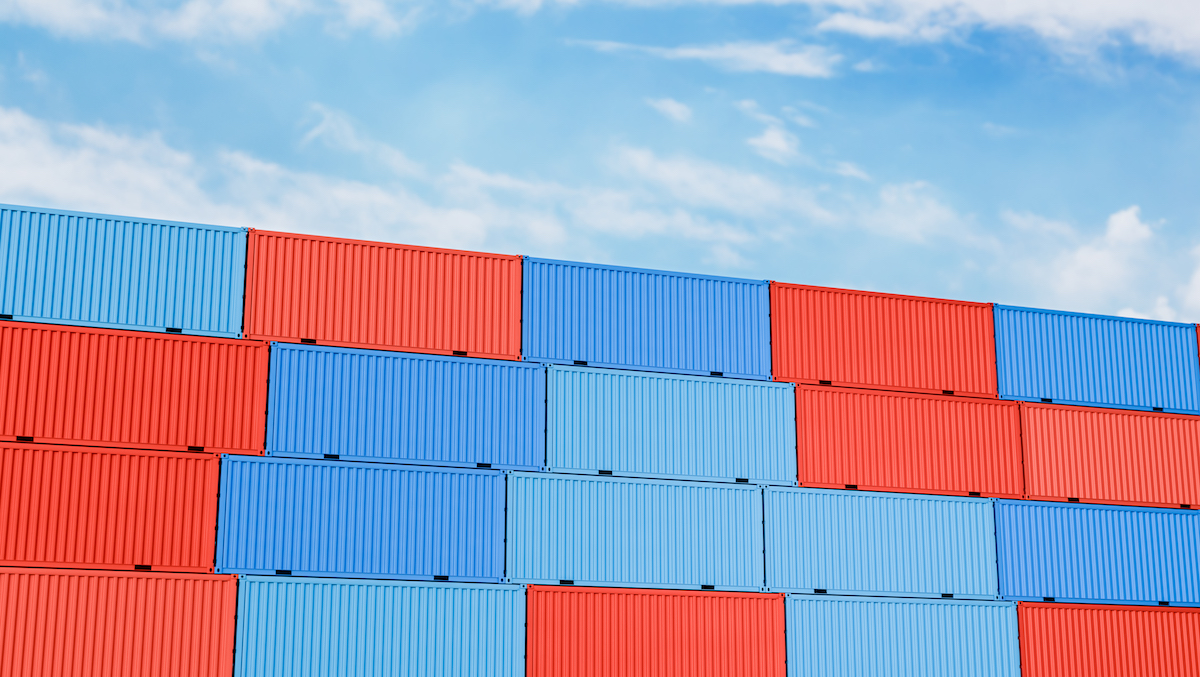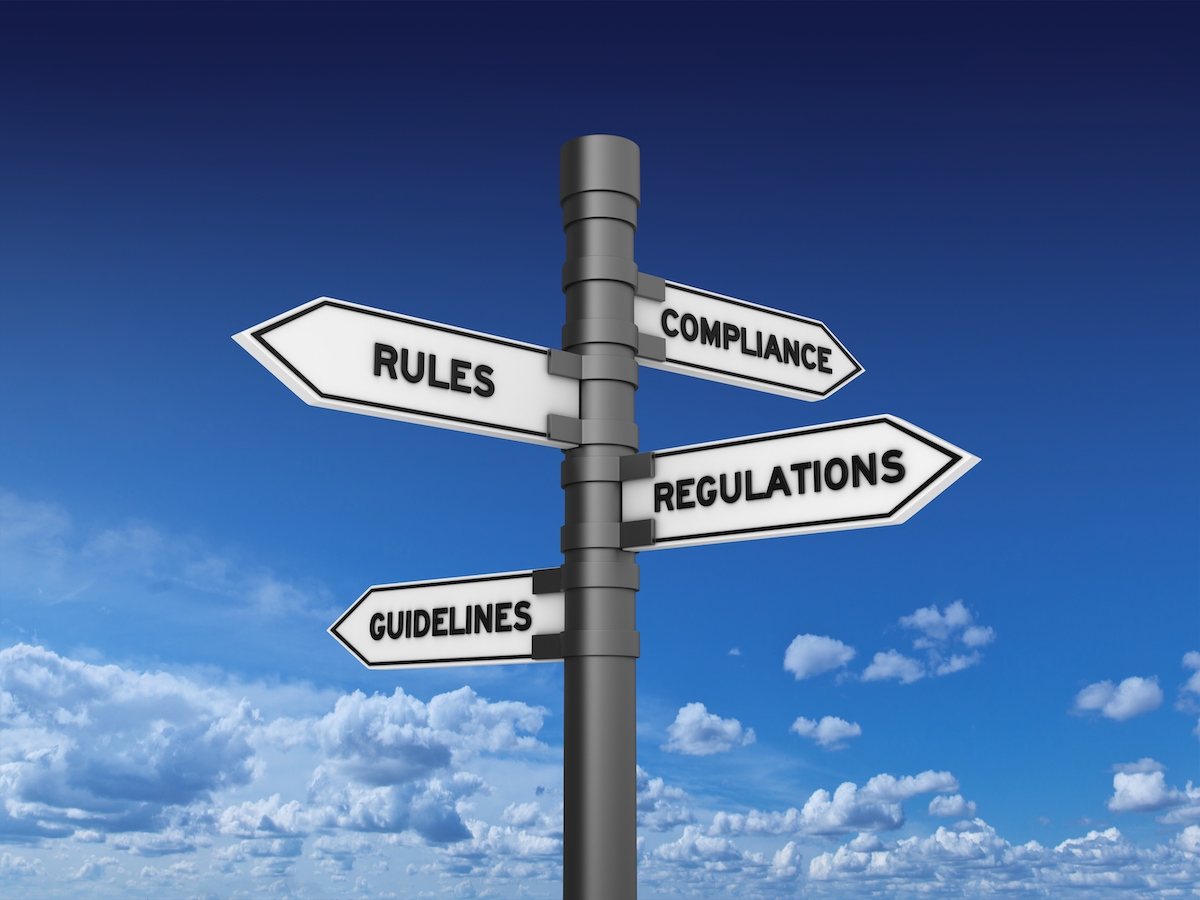Making Smart Cities Smarter | OneNeck IT Solutions

What once seemed like a futuristic dream is now becoming a reality for progressive, innovative cities. Smart cities are popping up all over the world as municipal planners marry urban living with Internet of Things (IoT) sensors and connected technologies. The technologies shaping smart cities are beginning to test ways for city dwellers to live an improved life that is safer, cleaner and more environmentally-friendly.
Smart city technology improves upon the necessities of city living, from self-reporting utilities, smart streetlights and traffic lights, and autonomous vehicles, to automated emergency systems that create efficiencies, improve the quality of services and increase safety. Gartner predicts that smart cities will have 9.7 billion IoT devices by 2020, and McKinsey expects smart cities will generate 60% of the world’s GDP by 2025.
Essential Smart City Technologies
Smart technology is still in its infancy and will continue to evolve and improve. Prototypes are springing up around the world, and collaboration will help accelerate useful solutions — what works in Canada can be tested in Singapore and improved upon in Holland. The data collected from smart devices are a city’s most valuable asset to make improvements in urban planning. Examples of how this data can make a difference include:
Energy
- Smart city buildings are monitored for energy usage to more efficiently heat and cool, saving energy.
- Public lighting is creatively implemented with sensors that turn power on and off when needed, like on bike paths or public walkways.
- Smart grids and connected smart meters allow utilities and city managers to automate the reporting of water leaks and power outages and immediately alert repair crews.
Transportation
- Usage data is collected to actively plan and ease traffic problems, even reducing the hours spent looking for parking with apps that alert to open parking.
- Smart traffic lights use data to change traffic patterns and ease congestion.
- GPS monitors on buses help traffic patterns to prioritize public transportation over cars with one or two people inside.
Infrastructure
- Connecting the city’s existing infrastructure to the internet improves city planning to get more value from existing assets without replacing them.
- IoT can help improve the environment and take care of parks and create better open spaces. In Melbourne, the Internet of Trees is a platform which catalogs each tree in the city to track each tree’s lifespan and health.
The Future of Smart Cities
Open source software has unleashed a tide of developers excited to build new technologies for the smart city. Through connected devices and data collection, developers will continue to create solutions that will improve the quality of life of city residents, reduce costs, improve sustainability and create safer cities. Cities of all sizes will benefit from the adoption of smart technologies when they embrace the possibilities.
The key to successfully implementing smart technology is planning a smart infrastructure that coordinates efforts across city departments. This strategy will need to include a plan for how to collect and analyze data to create the efficiencies that will improve citizen’s life, optimize operations and accelerate innovation at an entirely new level.
At OneNeck IT Solutions, our thought leadership, innovative engineering, and hybrid, custom-designed solutions help customers reduce costs, improve service levels, increase revenues and gain a local-to-global competitive advantage. Our customers span a broad spectrum of industries including healthcare, manufacturing, financial services, retail, education, and government. Contact us today to learn more.



